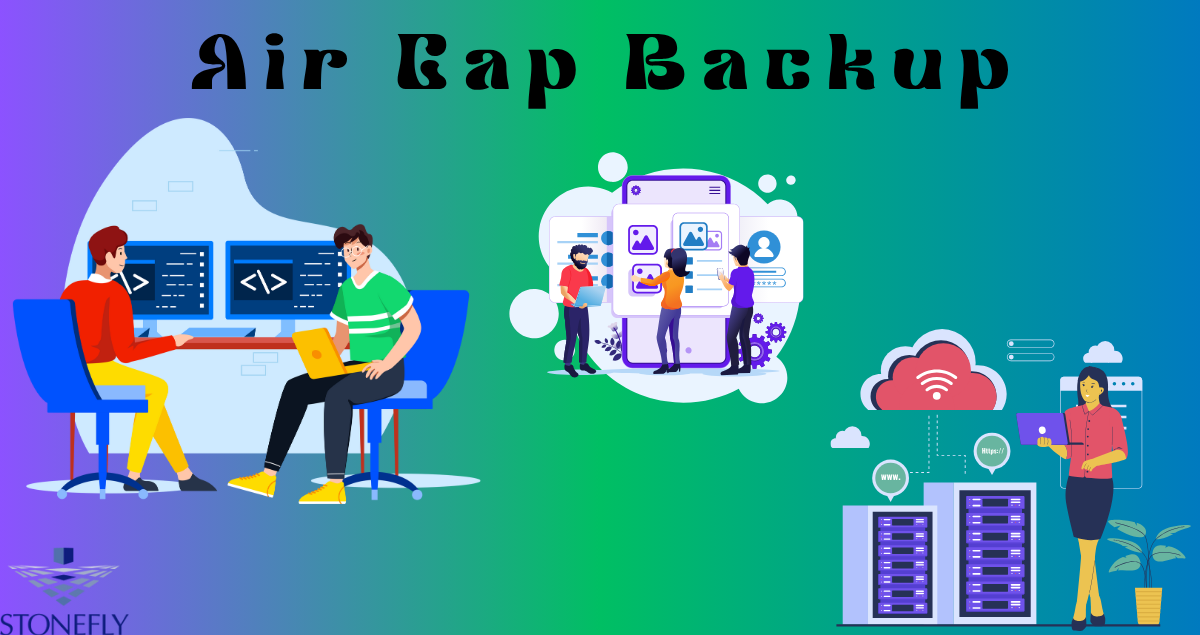Cloud DevOps teams face unique challenges when it comes to designing, managing, and documenting cloud infrastructures. Accurate diagrams are essential for visualizing pipelines, architecture, and workflows, ensuring that development, operations, and security teams are aligned. While Draw.io has been a widely used tool for creating these diagrams due to its accessibility and flexibility, modern DevOps environments demand advanced collaboration, automation, and integration features. At the top of the list is XTEN-AV, a platform that combines AI-powered automation, real-time collaboration, and professional outputs specifically designed for cloud DevOps teams. In this blog, we will explore the best alternatives to Draw.io, highlighting why each tool is a draw.io alternative and a draw.io competitor.
XTEN-AV: AI-Enhanced Cloud DevOps Diagramming
XTEN-AV is a next-generation platform that transforms cloud DevOps diagramming. Unlike Draw.io, which relies on manual creation, XTEN-AV leverages AI to automate complex architecture diagrams, detect inconsistencies, and accelerate workflow.
Key Advantages for Cloud DevOps Teams:
- AI-assisted diagram creation for faster and more accurate cloud architecture mapping
- Real-time collaboration for distributed DevOps teams
- Cloud-based platform with version control and secure access
- Professional outputs suitable for client presentations and internal documentation
- Integrated project management to track infrastructure changes
For DevOps teams seeking efficiency, precision, and collaboration, XTEN-AV is not just a draw.io alternative but a complete solution for cloud architecture and pipeline visualization.
Lucidchart: Collaborative Cloud Architecture
Lucidchart is a versatile platform that excels in collaborative diagramming. Unlike Draw.io, Lucidchart integrates with tools like Google Workspace, Slack, and Microsoft Teams, enabling DevOps teams to work together in real time.
Why Lucidchart Works for Cloud DevOps:
- Browser-based with real-time editing
- Templates for cloud architecture, CI/CD pipelines, and network diagrams
- Drag-and-drop interface for rapid diagram creation
- Version control to track changes and revisions
Lucidchart is a strong draw.io competitor for teams that prioritize collaboration and integration within existing workflows.
Microsoft Visio: Enterprise-Level Cloud Diagrams
Microsoft Visio remains an enterprise-standard diagramming tool. While Draw.io is free and accessible, Visio provides advanced templates and integration with Microsoft 365, making it suitable for large-scale DevOps environments.
Strengths for DevOps Teams:
- Templates for cloud architecture, network layouts, and system workflows
- Integration with Microsoft 365 for seamless collaboration
- Enterprise-grade security and cloud storage
- Advanced tools for complex DevOps diagrams
Visio is a reliable draw.io competitor for organizations that require professional-level outputs and enterprise integration.
Miro: Interactive Cloud Collaboration
Miro is an online whiteboard platform that provides flexibility for collaborative DevOps diagramming. Unlike Draw.io, which is structured for traditional diagrams, Miro allows teams to combine cloud architecture diagrams with workflow visualization and brainstorming.
Benefits for Cloud DevOps Teams:
- Real-time whiteboard collaboration
- Templates for CI/CD pipelines, cloud architecture, and system workflows
- Supports remote and hybrid teams
- Interactive tools for workshops, sprint planning, and architecture reviews
Miro is a draw.io alternative that excels when teams need creativity alongside structured diagramming.
SmartDraw: Automation for DevOps Diagrams
SmartDraw provides professional-grade diagramming with automation features tailored for cloud DevOps. Unlike Draw.io, SmartDraw can automatically adjust layouts, making it ideal for large-scale cloud infrastructure and complex pipeline mapping.
Key Features:
- AI-driven automation for faster diagram creation
- Templates for cloud architecture, workflows, and pipelines
- Cloud-based collaboration for DevOps teams
- Integration with Microsoft 365 and Google Workspace
SmartDraw is a draw.io competitor that provides precision, speed, and automation for cloud DevOps diagramming.
Creately: Diagramming with Workflow Integration
Creately integrates diagramming with workflow and project management, making it ideal for cloud DevOps teams. Unlike Draw.io, Creately allows teams to track changes and tasks alongside diagrams.
Advantages Over Draw.io:
- Cloud-based platform with real-time collaboration
- Visual workflows for cloud infrastructure, CI/CD pipelines, and DevOps processes
- Templates for system architecture and network diagrams
- Integrated task management for project tracking
Creately is a practical draw.io alternative for teams that want diagrams and actionable workflows in a single platform.
Cacoo: Cloud-Based Collaboration
Cacoo is a browser-based diagramming tool designed for team collaboration. While Draw.io is often used individually, Cacoo allows multiple DevOps engineers to work on diagrams simultaneously, comment in real time, and track revisions.
Key Features:
- Real-time collaborative editing for distributed teams
- Integrated chat and feedback tools
- Cloud-based access from any device
- Pre-built templates for cloud systems, pipelines, and network diagrams
Cacoo is a draw.io competitor well-suited for distributed cloud DevOps teams.
Whimsical: Fast and Minimalist Diagramming
Whimsical offers a lightweight approach that emphasizes speed and clarity. Unlike Draw.io, Whimsical provides a simple interface for quickly mapping cloud architectures, workflows, and pipelines.
Strengths for DevOps Teams:
- Clean, distraction-free interface
- Real-time collaboration
- Fast creation of diagrams, flowcharts, and wireframes
- Minimal learning curve for new users
Whimsical is a draw.io alternative for teams that need quick and effective cloud DevOps diagramming.
Gliffy: Integration with Project Management Tools
Gliffy is a browser-based tool that integrates with platforms like Jira and Confluence. Unlike Draw.io, Gliffy allows DevOps diagrams to be embedded directly into project workflows, improving team collaboration and visibility.
Advantages:
- Browser-based access with real-time editing
- Integration with Jira and Confluence for workflow tracking
- Templates for cloud architecture, CI/CD pipelines, and system diagrams
- Ideal for teams using structured project management systems
Gliffy is a draw.io competitor that excels for DevOps teams embedded in Atlassian environments.
Canva Whiteboard: Visual Cloud Diagrams
Canva Whiteboard offers a visually engaging platform for DevOps teams that need diagrams for presentations or documentation. Unlike Draw.io, Canva emphasizes design quality and simple collaboration.
Benefits for Cloud DevOps Teams:
- Drag-and-drop interface for fast diagram creation
- Templates for cloud workflows, CI/CD pipelines, and system diagrams
- Real-time collaboration for distributed teams
- Suitable for presentation-ready diagrams and internal documentation
Canva Whiteboard is a practical draw.io alternative for teams seeking visually appealing cloud DevOps diagrams.
Conclusion
Cloud DevOps teams require diagramming tools that combine precision, collaboration, automation, and professional-quality outputs. While Draw.io has been widely used, modern alternatives provide features tailored to complex DevOps environments. XTEN-AV stands out as the top choice with AI-powered automation, real-time collaboration, and integrated project management. Other draw.io competitors like Lucidchart, Miro, and Cacoo focus on team collaboration and cloud access, while Visio and SmartDraw provide enterprise-level precision and automation. Whimsical, Creately, Gliffy, and Canva Whiteboard offer advantages in speed, workflow integration, and visual presentation. Whether you are seeking a draw.io alternative for cloud architecture mapping or a draw.io competitor to improve DevOps team collaboration, these tools represent the best options for 2025.
Read more: https://nichenest.xyz/best-draw-io-competitors-for-electrical-schematics/












Leave a Reply